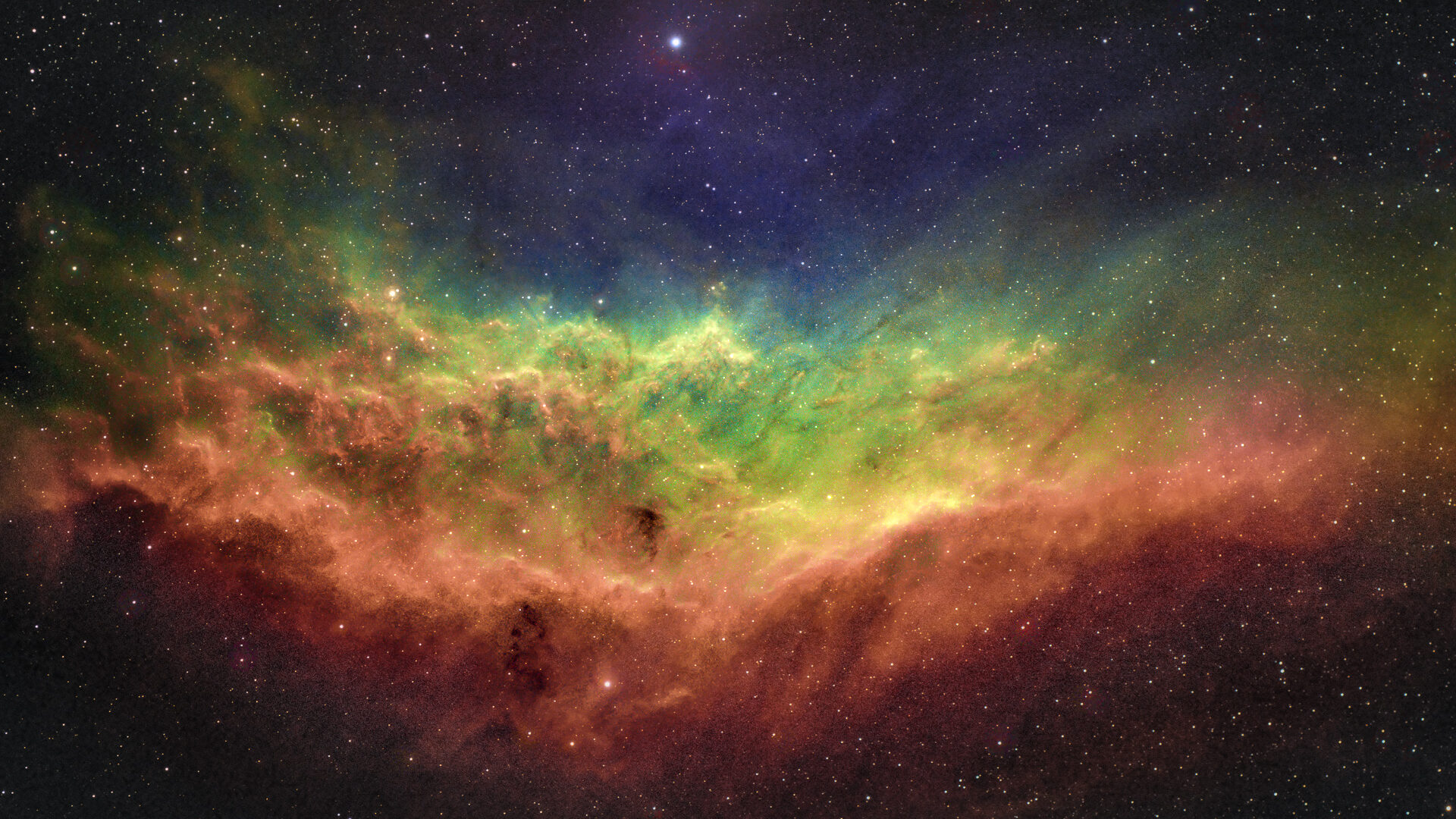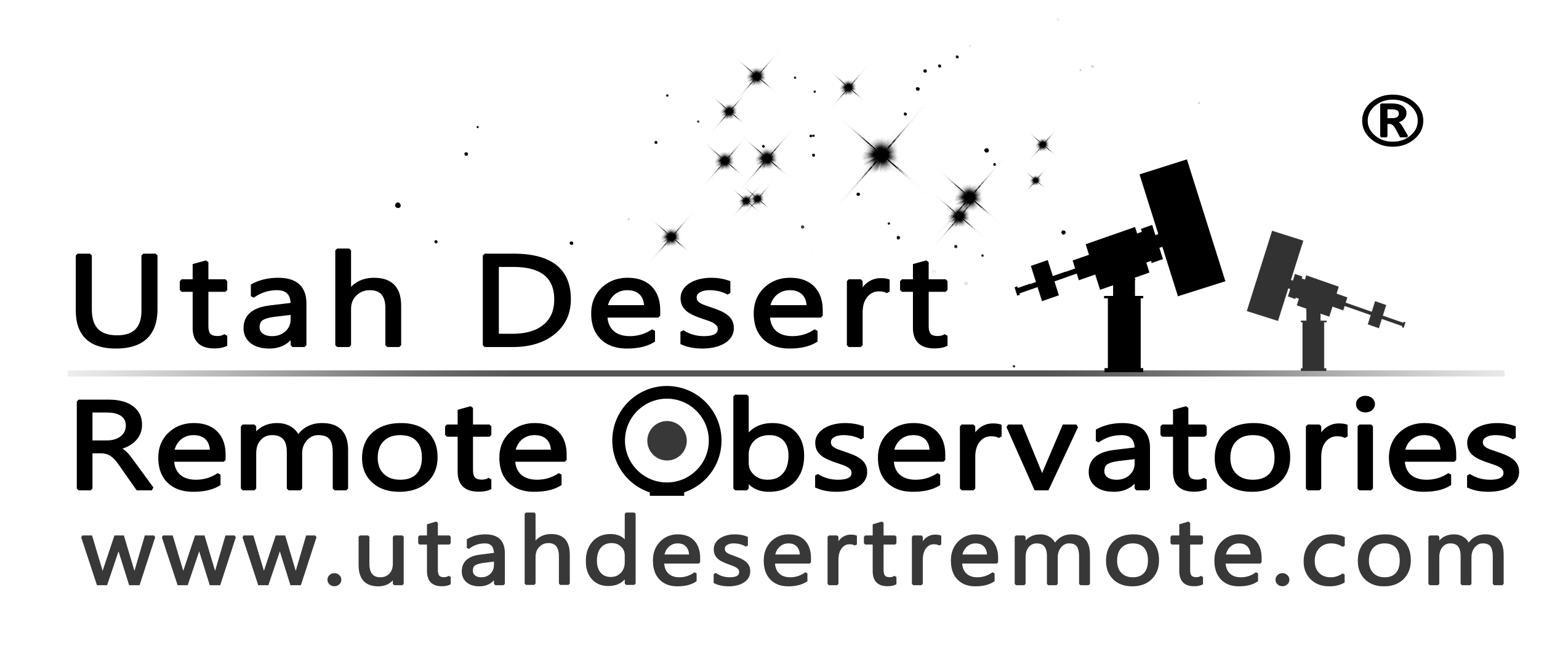If you’re an experienced astrophotographer you already know about the different types of astronomical targets and imaging processes, but if you’re a photo enthusiast wanting to try your hand as astro-imaging then this post is for you. Fortunately there are just a few options to consider.
Dedicated astronomy cameras use sensors very similar to the ones used in DSLR and mirrofless cameras but there are significant differences. Most imaging is done with a monochrome version of the sensor in order to maximize image quality. While you get better data to work with it does mean that color mapping is up to you. It’s not hard, but it is an extra consideration.

The RAW file format is also different. Nearly all dedicated astronomy cameras such as the ASI6200 series we use save images in the .FITS file format. While it’s a universal file format it’s also specific to astro imaging and not supported by products like Photoshop or Lightroom. That means we need to first translate the .FITS images in a .TIFF format that will work with Photoshop.
| Imaging Step | Result |
| 1 – Image with monochrome camera | Several RAW .FITS files for each filter used |
| 2 – Stack .FITS files in Deep Sky Stacker (DSS) | One .FITS file for each filter used |
| 3 – Stretch .FITS file using FITS Liberator | One .TIFF file for each filter used |
| 4 – Combine .TIFF files as layers in Photoshop | Color photo as .PSD or .TIFF with layers |
| 5 – Edit photo in Photoshop (or similar) | Finished image with edits in .PSD or TIFF |
| 6 – Final touch-up of image in Lightroom | Final cropped.JPG image to share or print |
The good news is that there is plenty of free software that does an excellent job preparing the photos for eventual processing in Photoshop. Deep Sky Stacker (DSS) is a free Windows-only option that has been one of the standards for years. It does an excellent job of aligning and stacking the multiple .FITS files to reduce noise and creates an output image that can be saved in either .FITS or .TIFF format. It will handle either monochrome or color images.
Fortunately the Utah Desert Remote Observatories Imaging Experience has optional processing available so you can choose the level of pre-processing your’re where you’re comfortable. An astro-imaging enthusiast will probably want the RAW .FITS files but a photographer dabbling in astrophotography will probably want .TIFF files that are ready to use in Photoshop. In that case offer pre-processing so you’ll receive a photo ready for you to add your own creative vision.
Ready to jump in? You can learn more about the UDRO Imaging Experience and sign up now to create your own astro photo.
